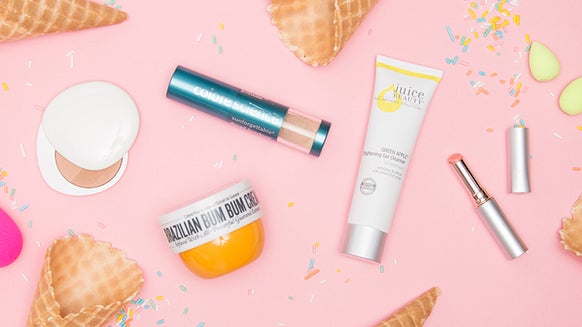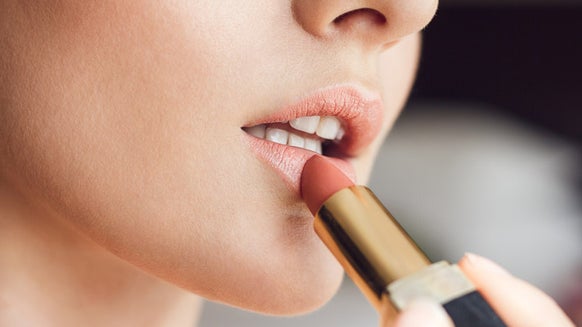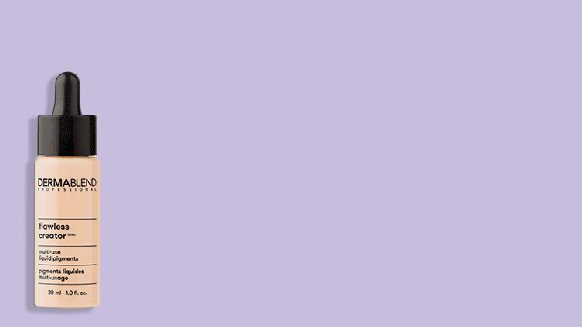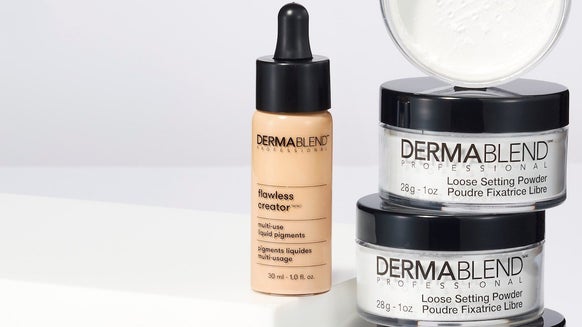7 Ways Your Teeth Are Adding Years to Your Age
Most people think anti-aging only refers to skin-firming creams, facelifts and covering up gray strands. But, in fact, the mouth (the teeth, in particular) is one of the areas where the effects of aging are most noticed. Over time the enamel wears down, teeth turns yellow, cracks, becomes shorter and acquires blunt edges, which can impact a person’s overall appearance. But don’t worry, it’s never too late to restore radiance to your smile. Read this to see how much of a difference a youthful smile can make.

Young teeth tend to have rounded edges because they haven’t yet seen much use. As we age, our teeth get worn down—the natural result of constantly chewing food or grinding our teeth as we sleep. The upper two front teeth are particularly prone to this. As teeth shorten, the lips sag inward, which lessens the distance between the nose and chin. In short: Worn-down teeth can cause the facial structure to look collapsed. It doesn’t help that lips and other facial structures lose their youthful elasticity with age, causing us to show even less teeth when we smile.
What you can do: Some cosmetic solutions you can explore are tooth contouring, veneers and bonding. Be sure to talk to your dentist about which option is right for you. Using a night guard can also help delay tooth wear.
As the teeth become more brittle with age, small chips and fracture lines appear. These cracks and chips are susceptible to staining and draw attention to the flaws in your mouth. Food particles can also get stuck in between the cracks.
What you can do: The best remedies for chipped or cracked teeth are bonding, veneers or crowns. Talk to your esthetic dentist about which option is best for you. Most of all, try to get the wear problems out of the way before the process takes hold of your teeth.
Even those of us with perfectly straight teeth in our youth are in danger of mesial drift, a process in which teeth shift and angle inward over time. “Crowded teeth” are one of the telltale signs of age when it comes to the mouth. Similar to the effects of tooth wear, shifting teeth provide less support to your cheeks and lips, creating a collapsed, saggy appearance. Experts say that straightening your teeth can make you look 10 to 15 years younger.
What you can do: Braces or veneers.
As people get older, there is a one- to two-shade change from white to yellow and gray. This discoloration is due to a combination of factors—from staining and thinning enamel to the shrinking of the pulp inside the tooth, which makes the teeth look darkened.
What you can do: Lucky for you, there are many types of teeth-whitening products available today, including in-office, at-home, over-the counter and dual-whitening (in-office and at-home done together). Dual-whitening is the most effective way to whiten. GLO Science has developed a professional whitening system that combines the technology of light and heat in a closed system mouthpiece with hermetically sealed, take-home hydrogen peroxide gels, resulting in a dual-whitening experience that optimizes contact time without long exposure times. While you’re at it, it would also help to avoid staining foods and beverages like coffee, tea, red wine, chocolate and berries. If you can’t help it, rinse your mouth with water after eating these foods to help prevent further discoloration.

Rates of gum disease—the No. 1 cause of tooth loss—are alarmingly high among older adults. Over the age of 65, there is a 70% increased risk of having periodontal disease, and there is a direct connection between inflammation in the mouth and inflammation in the rest of the body. This is especially dangerous because gum disease is known to be linked to serious health conditions like diabetes, Alzheimer’s disease and heart disease.
What you can do: Brushing twice a day, flossing daily and visiting a dentist every six months is recommended to combat and prevent gum disease.
The old phrase “long in the tooth,” used to describe someone who is getting old, actually has a bit of truth to it. As a part of the natural aging process, your gums recede and the root of your tooth becomes more visible, making your tooth appear longer. Not only is this unsightly, it can also result in increased tooth sensitivity (and discomfort).
What you can do: Gum tissue grafting.
Silver fillings are an instant giveaway of age.
What you can do: This one’s an easy fix. Replacing those archaic silver fillings with plastic or porcelain fillings can not only hide your age, but they will also strengthen your teeth and make it easier for dentists to spot areas of decay!
So there you have it! If you want to stay looking young, start by maintaining a beautiful and healthy smile.

From the latest hair and makeup trends to the best solutions for your skin issues, we've got all your beauty concerns covered!







